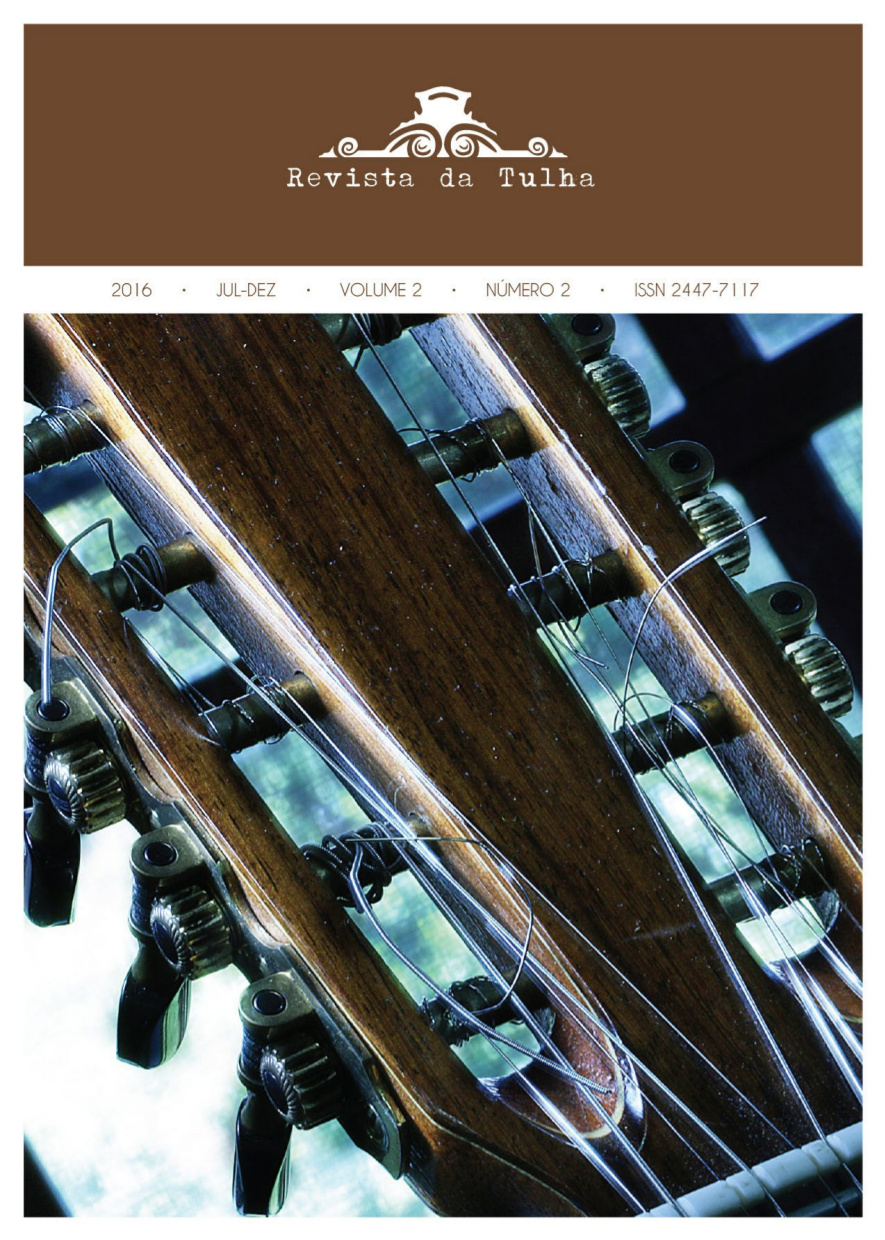“PELAS TRÊS” TUNING ON THE VIOLA FANDANGUEIRA FROM MORRETES IN PARANÁ
DOI:
https://doi.org/10.11606/issn.2447-7117.rt.2016.120527Keywords:
Viola fandangueira, “Pelas Três” tuning, Self-learning.Abstract
This article is a study of the Brazilian Viola used in Fandango of Morretes, State of Parana (PR), with the research’s theoretical framework A Arte de Pontear Viola (2002), by Professor Roberto Nunes Corrêa . Its added a descriptive presentation of the self-learning process, developed by the researcher, about viola fandangueira’s tuning called “pelas três”, typical in the Nhundiaquara people. Morretes’s fandango differs from other caiçaras fandangos by have singing improvisations, particular viola’s size and tunning and peculiarities in their tap dance. It was found conflicting informations from those described in the historical and respected references literature, such as the Professor Roberto Correa book, authority that brought to the public the written record of several tunings and, among them, the ways to tune the viola fandangueira. The main contradiction pointed in the text, is the way that the author describes the “pelas três” tunning (p.38). Correa (2002) attributes this tuning to the guitarist Waldemar Cordeiro uses; however, this musician plays in “pelo meio” tuning, traditional way of play known on the Valadares Island, Paranaguá (PR). The information that counteracts Roberto Corrêa reports are from the “Dossiê de Registro do Fandango Caiçara: Expressões de um Sistema Cultural” published by the “Institute of Historical and Artistic Heritage National” (IPHAN).. This communication is intended to registrer, with respect to the previously published works, the tuning called “pelas três” correcting a mistake in the important literature presented. It intends, also, to register the viola’s construction particularities that took place in Morretes, to cooperate with the cultural recognition and dissemination of traditional knowledge of the Brazilian caiçara fandango. Finally, it points to the need for further to understand what are the techniques that differentiates the viola in the system “pelas três” from the others.
Downloads
Downloads
Published
Issue
Section
License
Authors retain copyright and grant the journal the right to first publication, with the work licensed under the Creative Commons Attribution License CC-BY-NC:
This work is licensed under a Creative Commons Attribution 4.0 International License.



